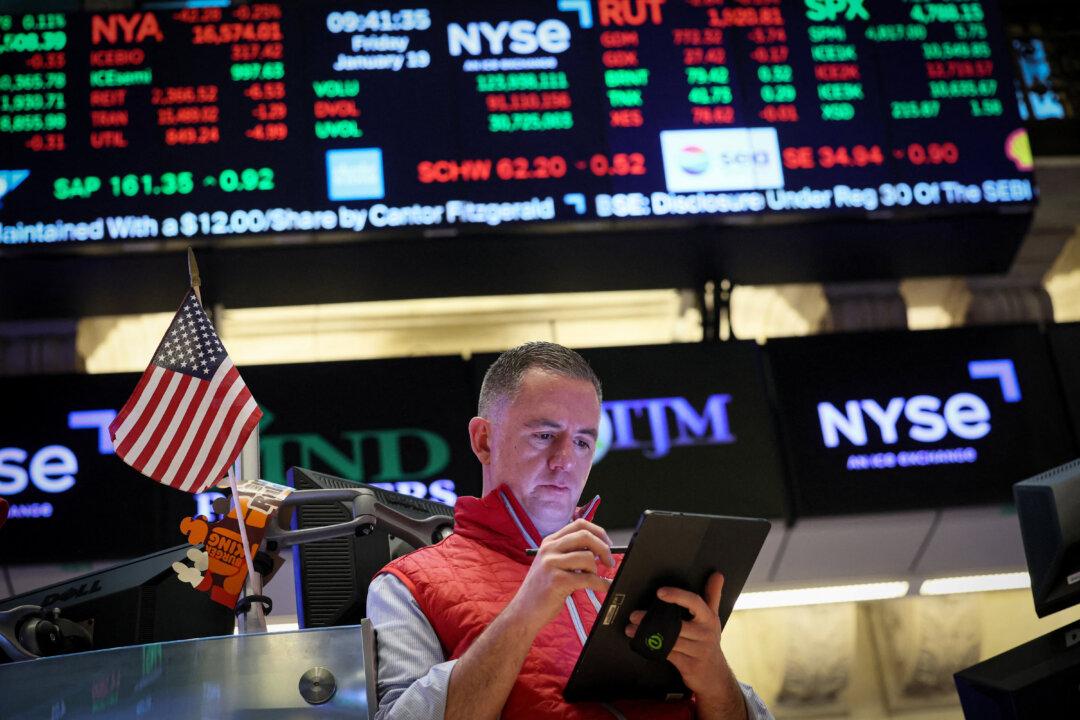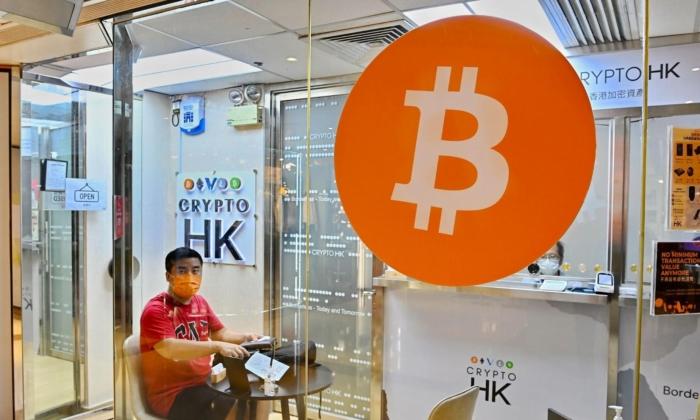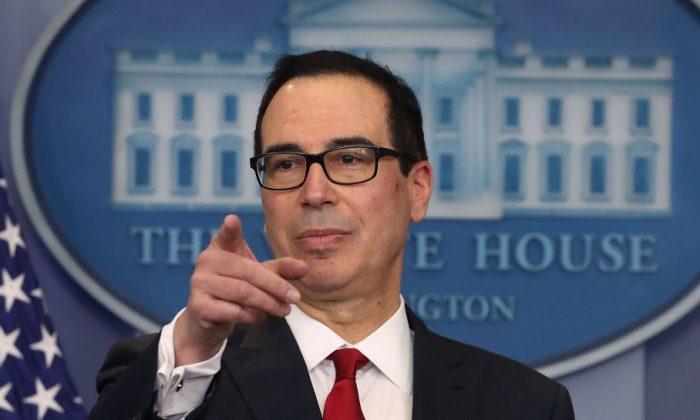Focus
emerging markets
BIS Warns That Cryptocurrency Is Amplifying Financial Risks in Developing Economies
Bank authorities warn that cryptocurrencies may harm developing economies.
The World Wary as US Federal Reserve Declares End to Debt Crisis
Central banks around the globe responded to the 2007–2008 global debt crisis by reducing interest rates and loosening monetary policy to encourage consumer spending, investment, employment, and price stability. After seven years the U.S. Federal Reserve lifted interest rates in December and signaled the possibility of gradual rate hikes, a move described by Chairwoman Janet Yellen as a process of “normalization.” Increased flexibility in short-term rates will make U.S. borrowing slightly more expensive and could increase some asset prices. The Federal Reserve anticipates that the rate hike is small enough so as not discourage consumer spending, though analysts express concern that emerging markets and the U.S. housing market may have become too dependent on the loose monetary policy, explains Chris Miller, associate director of the Grand Strategy Program at Yale. The Federal Reserve’s role is to stabilize the U.S. financial system, but the world watches every move.


















